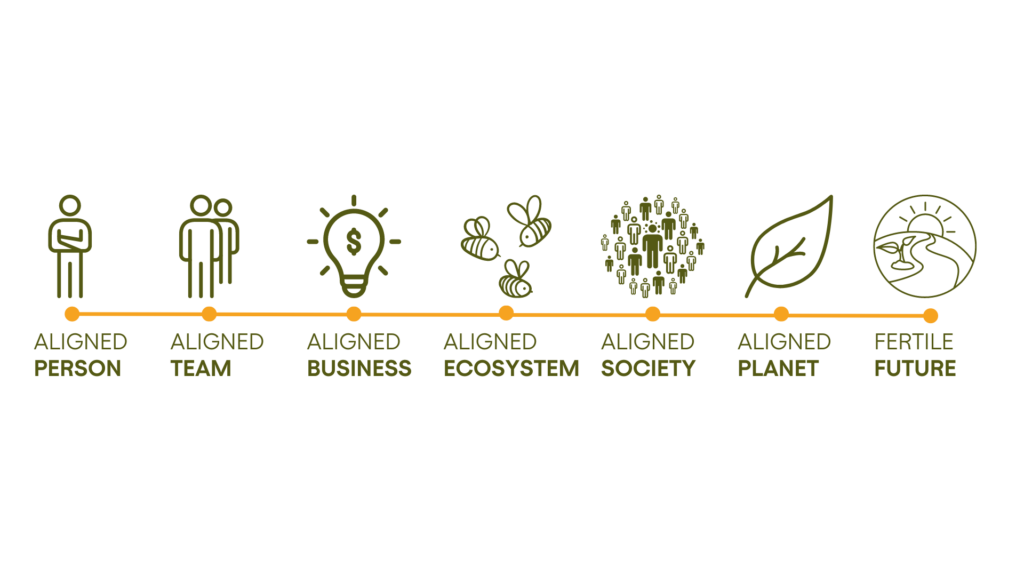Why does sustainable compliance scare?
Compliance, particularly with financial regulations, can often appear as an overwhelming task for many businesses. The term “compliance” is usually associated with intricate regulations, stringent audits, and the potential for punitive actions, making it a source of anxiety for many.
One of the main reasons compliance can be daunting is its inherent complexity. Regulations like the Sustainable Finance Disclosure Regulation (SFDR) in the European Union, for instance, are complex and often contain ambiguous language. This ambiguity makes it challenging for businesses to understand exactly what they need to do to comply. To add to this complexity, the laws and regulations are continuously evolving, demanding businesses to be on their toes, requiring continuous learning and adaptation.
Non-compliance to these regulations can lead to heavy fines, reputational damage, and even the closure of businesses in some extreme cases. The fear of such consequences often adds to the stress associated with compliance.
Compliance is also resource-intensive. It requires a significant investment of time, money, and human resources. This is often a challenge for smaller businesses that may struggle with the costs associated with compliance. This burden can divert resources away from other crucial areas of the business.
The fear of the unknown is another reason why it can be intimidating. Many businesses may not fully understand the regulations they need to comply with or how to go about achieving compliance. This uncertainty can make the process more daunting.
With the right approach and support, compliance doesn’t have to be a source of fear. Instead, it can be seen as a strategic opportunity to build a more sustainable and responsible business, contributing positively towards a fertile future. What if compliance was integrated by design in businesses as an output of the strategy rather then a side concern?
2050’s approach: the Alignment method, a 360° impact analysis
In collaboration with the venture builder We Are Human, co-founders of Kahoot!, 2050 develops an in-house sustainability framework named the Alignment Method which will be shared on an open source basis. Alignment approach is unique as it considers every key aspect of a company from individuals inner motivation to resilient governance. The approach is based on seven Key Alignment Indicators (KAI) and provides an holistic understanding of a company and the system in which it evolves.

The Alignment Method is a strategic framework integrating impact by design. It facilitates alignment among founders, management, and boards regarding long-term strategy, mission, and goals, including back-casted medium and short-term targets. This results in a structured decision-making process, supported by Key Alignment Performance Indicators (KAPIs), which ensure alignment across strategic, operational and regulatory dimensions.
The impact indicators used in the Alignment Method are chosen from the most advanced impact frameworks, including the Earth System Impact and Essential Environmental Impact Variables from the Stockholm Resilience Center, and tools provided by the Doughnut Economics Action Lab. They encompass SFDR Article 9 and EU taxonomy-related metrics, such as PAI, DNSH, and Minimum Social Safeguards, as well as inputs from PRI and other relevant ESG frameworks.
In a world where sustainability has become a significant priority, the Alignment Method offers an innovative approach to ensuring compliance, maintaining strategic alignment, and ultimately, making a positive impact on the world.
Embracing compliance is not just about ticking a box, it’s about aligning your business practices with your values and contributing to a fertile future.

